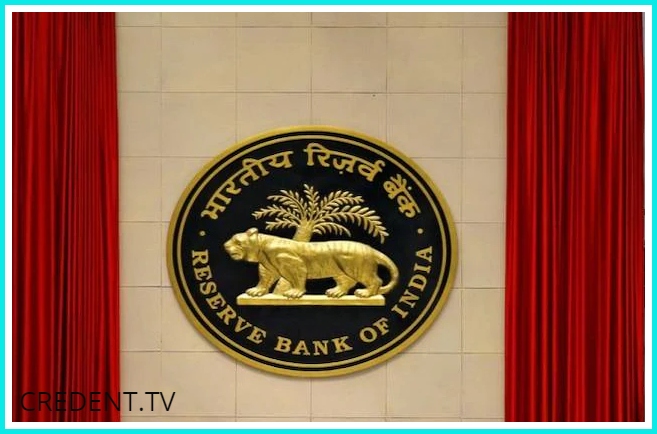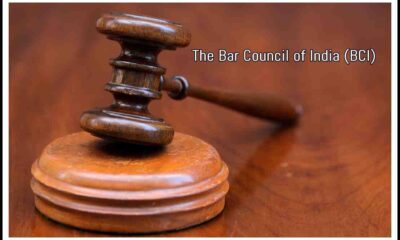BANK
Within a six-month timeframe, the RBI issued guidelines for identifying willful defaulters
Published
10 months agoon

The RBI has released significant modifications to its guidelines for wilful defaulters and substantial defaulters, with the goal of identifying such defaulters and monitoring their status
Significant changes to the Reserve Bank of India’s (RBI) policies regarding major defaulters and willful defaulters were recently announced. These changes include extending the definition’s purview and requiring lenders to identify and categorise debtors as wilful defaulters within six months of loans going bad. On September 22, a preliminary set of rules was released with the intention of streamlining the procedure for detecting defaulters and defining their status.
The naming of defaulters
1.Wilful Default Defined, page
The concept of a deliberate defaulter is one of the draught rules’ key elements. A wilful defaulter, according to the RBI, is a person or organisation that has ignored outstanding debts of at least Rs 25 lakh without being under any justifiable pressure to do so. This signifies a critical cutoff point for classifying defaulters.
2. Classification of Large Defaulters
In addition to intentional defaulters, the RBI’s new guidelines also introduce the idea of “large defaulters.” These are organisations that have unpaid debts of Rs 1 crore or more and provisions to calculate unapplied interest.
3. Removing the Status of a Defaulter
The possibility of deleting a defaulter’s name from the list is likewise covered by the draught regulations. The name of the defaulter should be removed from the list if an account marked as a wilful defaulter is resolved via procedures like the Insolvency and Bankruptcy Code or the RBI’s guidelines, which results in a change in management and control.
Settlements and Court Cases
1. Reconciliation with Defaulters
According to the proposed regulations, if a wilful defaulter enters into a settlement with the lender, their name may only be struck from the list when the borrower has made full payment of the outstanding debt. Part payment is insufficient. This procedure should be in accordance with the board-approved policy of the lender, which must contain instructions on employee accountability, scrutiny, and reporting.
2.Legal Processes
It’s important to note that intentional defaulters are still subject to legal consequences, including criminal penalties, despite the compromise deal. The RBI emphasises that the continuation of legal actions against such defaulters should not be hampered by this compromise arrangement.
Repercussions for defaulters
Refusal to participate in institutional finance
Willful defaulters are subject to harsh penalties. They are not permitted to receive any kind of institutional financing. For a period of five years following the removal of their name from the list, this ban also applies to newly floated businesses or entities connected to wilful defaulters.
Remodelling Credit Facilities
Wilful defaulters are not permitted to restructure their credit arrangements, according to the legal standards. This emphasises even more how serious it is to be classed as a deliberate defaulter.
Read also:-Today in India, the iPhone 15, iPhone 15 Plus, iPhone 15 Pro, and iPhone 15 Pro Max are on sale. Cost and Offers
Guaranteed Obligation
The RBI’s guidelines also include guarantor liability, emphasising that in cases of default, lenders may pursue guarantors before exhausting their options against the principal debtor.
Changing Over Defaulted Loans
Before transferring credit facilities to other lenders or asset reconstruction firms, lenders must finish their investigations into incidents of willful default. The regulatory norms state that the sale of defaulted loans should not be regarded as a recovery.
Reporting of Credit Information
According to the proposed regulations, the RBI’s regulated institutions must report information about significant and willful defaulters to credit information companies on a monthly basis. This involves keeping track of accounts marked as “suit filed” and “non-suit filed,” which show whether RBI-regulated firms have applied to courts or tribunals to recover unpaid debts.
You may like
-


North Korea asserts that the test of a multiple-warhead missile was successful
-


The Student Wing of Congress storms the Exam Body NTA office and locks it from within
-


“During President Murmu’s address to Parliament, PM Modi was shown 73 times, and LoP Rahul Gandhi was shown six times”: Congress
-


NASA contracts Elon Musk’s SpaceX to deorbit the International Space Station in 2023.
-


A Caution For The CBI In The Delhi Court’s Arvind Kejriwal Custody Order
-


Bar Council of India requests that bar associations abstain from demonstrating in opposition to new criminal laws
